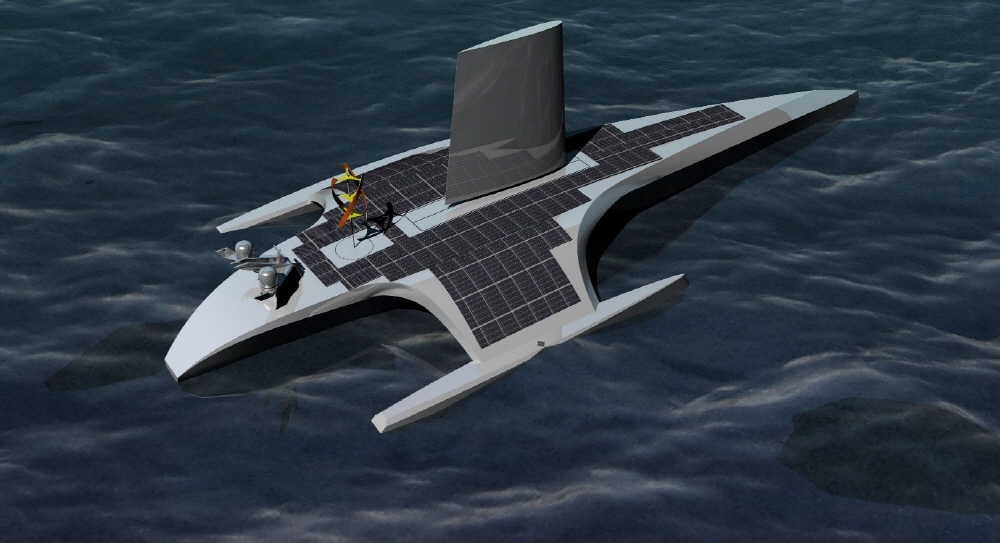
The Mayflower Autonomous Ship is a fully autonomous ship with no captain or crew. As part of the maritime experiment, we plan to cross the Atlantic from September. The technology used for Mayflower autonomous ships has greatly changed the shipping industry and is expected to develop in terms of data collection about the sea.
This fully autonomous ship, developed by ocean research institute Promare and IBM, was named Mayflower Autonomous Ship in commemoration of the 400th anniversary of the first Mayflower voyage to the United States in 1620. The ship is scheduled to cross the Atlantic Ocean on the same route from Plymouth, England, to Plymouth, the United States, as the Mayflowers arrived in 1620. If it succeeds in sailing on an autonomous ship that does not carry a single human, Maple Hour autonomous ships are expected to be named as the first large-scale fully autonomous ships to cross the Atlantic Ocean, promote the development of commercial autonomous ships, and help transform maritime research.
Of course, there are many autonomously operated ships capable of autonomous control at this time. However, most of these ships are difficult to operate unmanned because they do not respond to improvisation and rely heavily on pilot judgment. The Mayflower autonomous ship is designed to automatically process detection and judgment at sea through an edge computing system that processes large amounts of data at high speed by distributing AI and servers developed by IBM.

The development team trained the Mayflower autonomous ship AI using more than 1 million images taken in Plymouth, UK over two years. In addition, to meet machine learning processing needs, IBM Power 9 is used as CPU and IBM Power AC922, a platform equipped with NVIDIA V100 tensor core, is adopted. As of March, the AI installed on the Maple Lang War autonomous ship can automatically detect and identify obstacles such as ships, buoys, land and breakwaters.
The reason the Mayflower autonomous ship has adopted the edge computing system is that it is difficult to connect to a broadband network that can transmit a large amount of information during sailing. The Mayflower autonomous ship was equipped with several single-board computers, NVIDIA Jetson AGX Xavier. At sea, NVIDIA Jetson systems can process data locally to speed AI decision making and reduce data flow and storage on board.
The development team said that edge computing is an important technology that enables autonomous navigation in the sea, and that it is necessary to make quick actions to judge the situation and make quick decisions by detecting the environment of Mayflower’s autonomous choice. In addition, it must be processed while protecting data from cyber attacks. IBM edge computing solutions are designed to support mission-critical tasks such as Mayflower autonomous ships.
Mayflower autonomous vessels not only fly from Plymouth in the UK to Plymouth in the US with the shortest time possible, but also use the IBM decision-making automation system ODM (Operational Decision Manager) to treat international rules for collision prevention at sea COLREGs, It is designed to comply with the safety convention SOLAS. In addition, it is designed to receive weather forecast data from related companies about the weather that affects the voyage and take the weather into account.
As of March, the construction of the body of the Mayflower autonomous ship in Poland has been completed. In addition, in the maritime test that runs until May, data input tests such as radar and GPS navigation systems are performed by mounting AI on the manned spacecraft, which will be installed on the Mayflower autonomous ship. After April, image processing, edge computing, and autonomy tests will also be conducted. Related information can be found here .


















Add comment